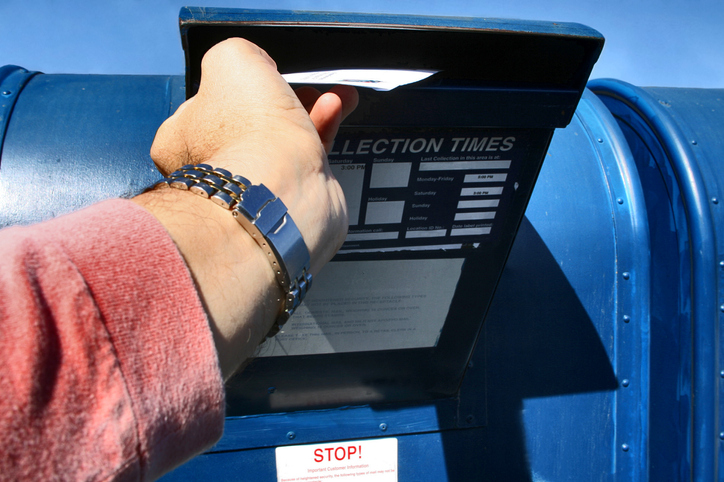By now, you’ve probably heard quite a bit about social listening and its importance. Yo...
Read More

Say you’re not feeling terribly well and think you need a doctor’s visit. What do you do...
Read More

Personal relationships are built on trust, right? And trust is a pretty simple concept. Or, is...
Read More

Influencer marketing has become a critical component of social media marketing campaigns and that tr...
Read More

As if community banks needed another reason to encourage customers to “go digital,” i.e....
Read More

‘Tis the season, isn’t it? So, what does this holiday season hold fo...
Read More